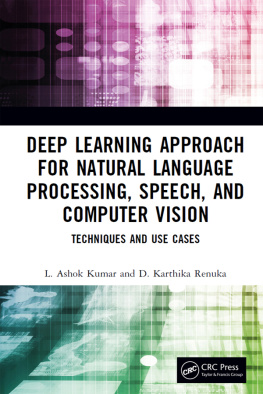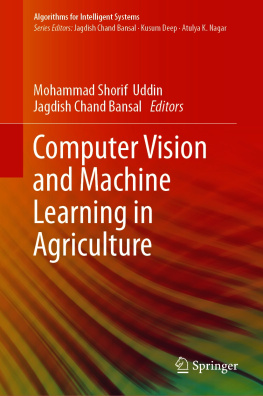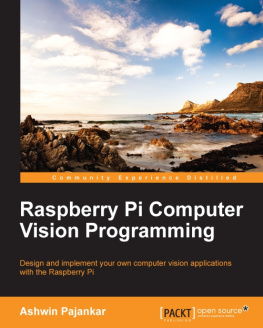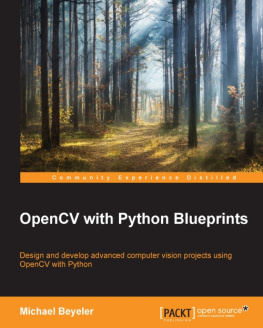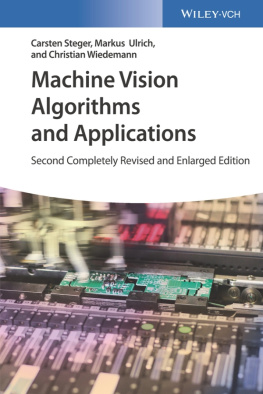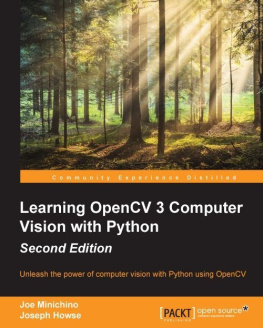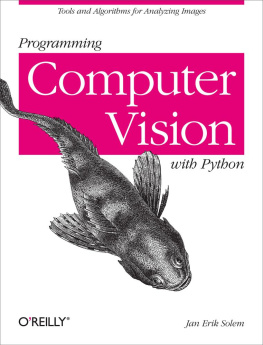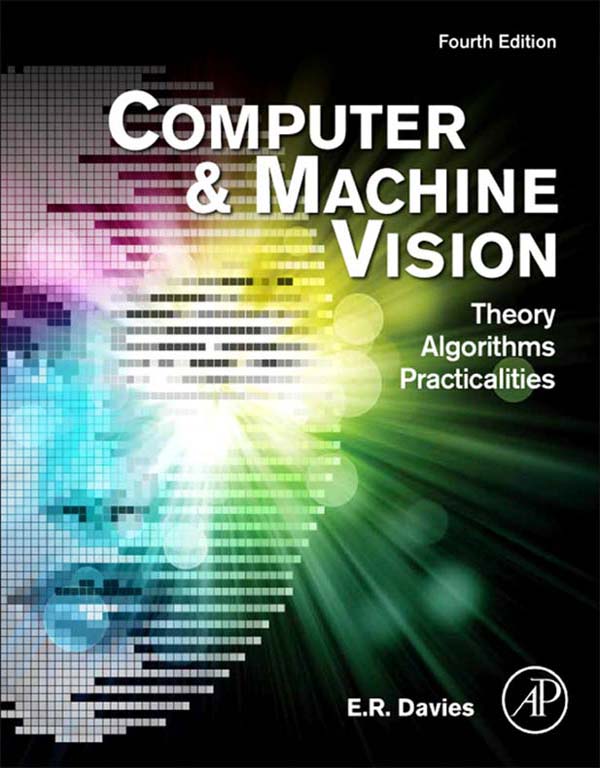Dedication
This book is dedicated to my family.
To my late mother, Mary Davies, to record her never-failing love and devotion.
To my late father, Arthur Granville Davies, who passed on to me his appreciation of the beauties of mathematics and science.
To my wife, Joan, for love, patience, support, and inspiration.
To my children, Elizabeth, Sarah, and Marion, the music in my life.
To my grandson, Jasper, for reminding me of the carefree joys of youth.
Academic Press is an imprint of Elsevier
225 Wyman Street, Waltham, 02451, USA
The Boulevard, Langford Lane, Kidlington, Oxford OX5 1GB, UK
First edition 1990
Second edition 1997
Third edition 2005
Fourth edition 2012
Copyright 2012 Elsevier Inc. All rights reserved
No part of this publication may be reproduced or transmitted in any form or by any means, electronic or mechanical, including photocopying, recording, or any information storage and retrieval system, without permission in writing from the publisher. Details on how to seek permission, further information about the Publishers permissions policies and arrangements with organizations such as the Copyright Clearance Center and the Copyright Licensing Agency, can be found at our website: www.elsevier.com/permissions.
This book and the individual contributions contained in it are protected under copyright by the Publisher (other than as may be noted herein).
Notices
Knowledge and best practice in this field are constantly changing. As new research and experience broaden our understanding, changes in research methods, professional practices, or medical treatment may become necessary.
Practitioners and researchers must always rely on their own experience and knowledge in evaluating and using any information, methods, compounds, or experiments described herein. In using such information or methods they should be mindful of their own safety and the safety of others, including parties for whom they have a professional responsibility.
To the fullest extent of the law, neither the Publisher nor the authors, contributors, or editors, assume any liability for any injury and/or damage to persons or property as a matter of products liability, negligence or otherwise, or from any use or operation of any methods, products, instructions, or ideas contained in the material herein.
Library of Congress Cataloging-in-Publication Data
A catalog record for this book is available from the Library of Congress
British Library Cataloguing-in-Publication Data
A catalogue record for this book is available from the British Library
ISBN: 978-0-12-386908-1
For information on all Elsevier publications visit our website at elsevierdirect.com
Typeset by MPS Limited, a Macmillan Company, Chennai, India www.macmillansolutions.com
Printed and bound in United States of America
12 11 10 9 8 7 6 5 4 3 2 1

Topics Covered in Application Case Studies
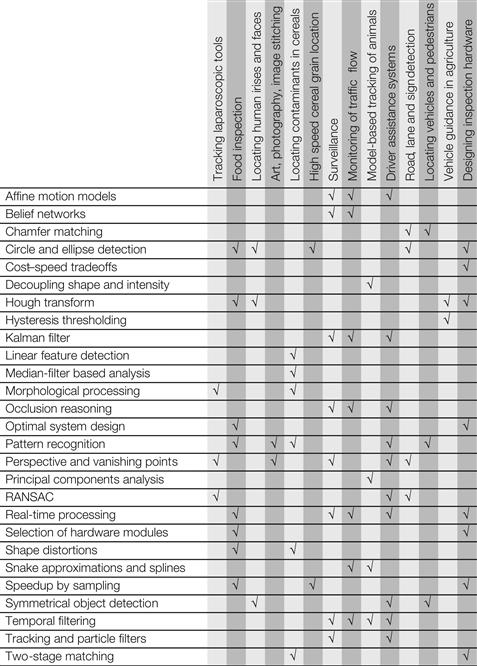
Influences Impinging upon Integrated Vision System Design
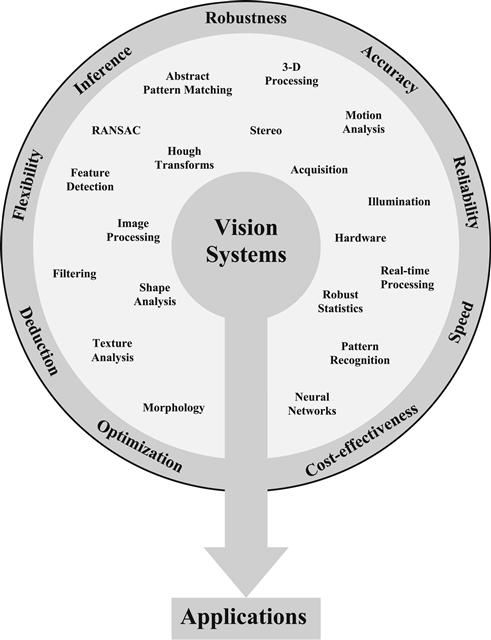
Foreword
Although computer vision is such a relatively young field of study, it has matured immensely over the last 25 years or sofrom well-constrained, targeted applications to systems that learn automatically from examples.
Such progress over these 25 years has been spurred not least by mind-boggling advances in vision and computational hardware, making possible simple tasks that could take minutes on small images, now integrated as part of real-time systems that do far more in a fraction of a second on much larger images in a video stream.
This all means that the focus of research has been in a perpetual state of change, marked by near-exponential advances and achievements, and witnessed by the quality, and often quantity, of outstanding contributions to the field published in key conferences and journals such as ICCV and PAMI. These advances are most clearly reflected by the growing importance of the application areas in which the novel and real-time developments in computer vision have been applied to or developed for. Twenty-five years ago, industrial quality inspection and simple military applications ruled the waves, but the emphasis has since spread its wings, some slowly and some like wildfire, to many more areas, for example, from medical imaging and analysis to surveillance and, inevitably, complex military and space applications.
So how does Roys book reflect this shift? Naturally, there are many fundamental techniques that remain the same, and this book is a wonderful treasure chest of tools that provides the fundamentals for any researcher and teacher. More modern and state-of-the-art methodologies are also covered in the book, most of them pertinent to the topical application areas currently driving not only the research agenda, but also the market forces. In short, the book is a direct reflection of the progress and key methodologies developed in computer vision over the last 25 years and more.
Indeed, while the third edition of this book was already an excellent, successful, and internationally popular work, this fourth edition is greatly enhanced and updated. All its chapters have been substantially revised and brought up to date by the inclusion of many new references covering advances in the subject made even in the past year. There are now also two entirely new chapters (to reflect the great strides that have been made in the area of video analytics) on surveillance and in-vehicle vision systems. The latter is highly relevant to the coming era of advanced driver assistance systems, and the formers importance and role requires no emphasis in this day and age where so many resources are dedicated to criminal and terrorist activity monitoring and prevention.
The material in the book is written in a way that is both approachable and didactic. It is littered with examples and algorithms. I am sure that this volume will be welcomed by a great many students and workers in computer and machine vision, including practitioners in academia and industryfrom beginners who are starting out in the subject to advanced researchers and workers who need to gain insight into video analytics. I will also welcome it personally, for use by my own undergraduate and postgraduate students, and will value its presence on my bookshelf as an up-to-date reference on this important subject.
Finally, I am very happy to go on record as saying that Roy is the right person to have produced this substantial work. His long experience in the field of computer and machine vision surpasses even the big bang in computer vision around 25 years ago in the mid-80s when the Alvey Vision Conference (UK) and CVPR (USA) were only inchoates of what they have become today and reaches back to when ICPR and IAPR began to be dominated by image processing in the late 70s.


